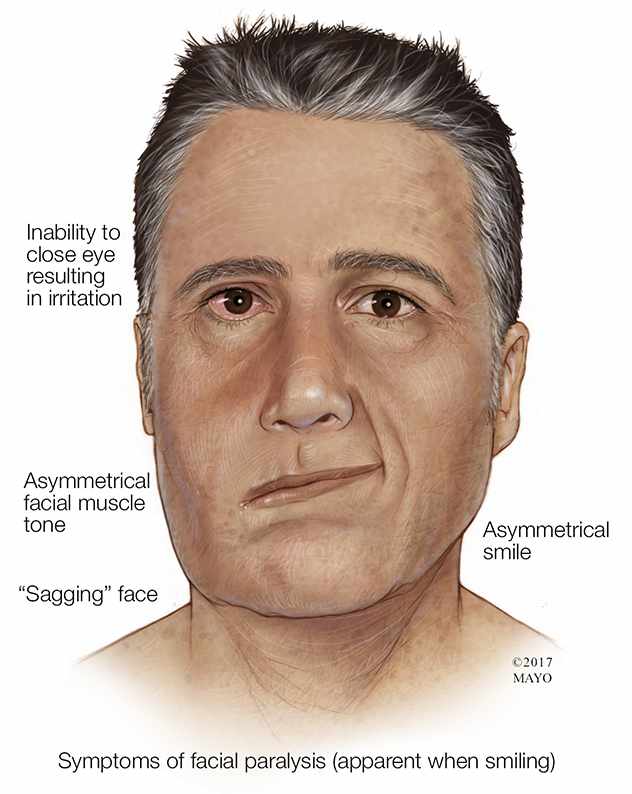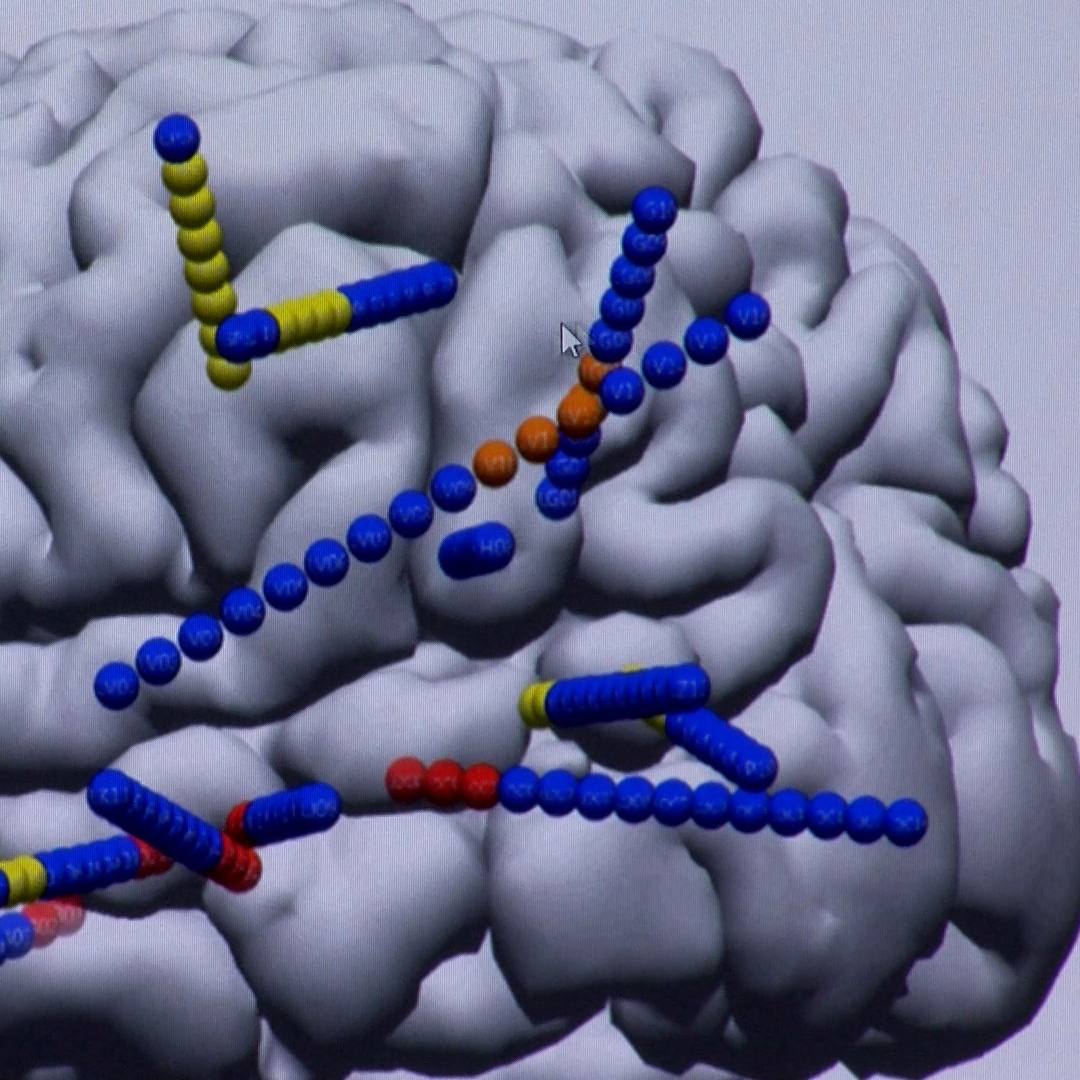-
Health & Wellness
Tuesday Q and A: Narcolepsy should be evaluated by sleep medicine specialist
DEAR MAYO CLINIC: My daughter, who is in her early 20s, was diagnosed with narcolepsy nine months ago. Her primary care doctor prescribed stimulants, but they make her very jittery and don’t eliminate all of her symptoms. Is this the only treatment available? Should she see a specialist?
ANSWER: The sleep disorder narcolepsy is a lifelong condition often treated with potent medications. Because of that, it is essential that anyone suspected of having narcolepsy be carefully evaluated by a sleep medicine specialist to arrive at a diagnosis. I recommend your daughter seek testing with such a specialist. If her diagnosis of narcolepsy is confirmed, the sleep medicine specialist can work with her to create a treatment plan that best fits her needs.
Narcolepsy is a chronic sleep disorder characterized by overwhelming daytime drowsiness and sudden attacks of sleep. About 70 percent of people with narcolepsy also experience a symptom known as cataplexy — sudden muscle weakness that follows a positive emotional reaction, especially laughter.
Symptoms of narcolepsy often begin between the ages of 10 and 30. The exact cause of this disorder is not known. But it is usually connected to a brain chemical called hypocretin that helps regulate wakefulness and sleep. Many people with narcolepsy have low levels of hypocretin in their spinal fluid.
Accurately diagnosing narcolepsy requires evaluation by a sleep medicine specialist. Testing for the disorder includes a polysomnogram. For this test, your daughter would need to stay overnight at a sleep center. The polysomnogram measures a variety of signals during sleep using electrodes placed on the scalp and elsewhere on the body. The test measures the electrical activity of the brain and heart, monitors breathing, and measures muscle and eye movement during sleep.
Testing also includes a set of daytime nap studies known as a multiple sleep latency test. It would measure how long it takes your daughter to fall asleep during the day. In addition to these tests, a sleep medicine specialist would talk with your daughter about her sleep history and habits. She also may be asked to keep a detailed record of her sleep patterns for several weeks.
If testing verifies your daughter’s narcolepsy diagnosis, then her specialist can help develop an appropriate treatment plan. In many cases, treatment usually starts with a mild stimulant such as modafinil. If that does not provide enough symptom control, then a stronger stimulant, such as methylphenidate or amphetamines, may be needed. These stronger drugs are typically given in controlled-release form to avoid peaks of over-stimulation and the jitteriness you mention.
If the stimulants are not effective, or if their side effects are not acceptable, then an alternative for some people is the medication sodium oxybate. This medication can be highly effective for cataplexy. It usually helps improve nighttime sleep, as well, which is often poor in people who have narcolepsy. There can be serious side effects with this drug, however, including nausea, bed-wetting and sleepwalking.
The typical goal of narcolepsy treatment is to provide about an 80 percent improvement in alertness with minimal side effects. Once a person with narcolepsy is on a stable dose of medication with symptoms acceptably under control, the primary care provider can then take over further management with help as needed from the sleep medicine specialist.
Although there is no cure for narcolepsy, treatment that controls the disorder’s symptoms often can be quite effective. It allows most people with narcolepsy to lead productive and satisfying lives. — Michael Silber, M.B., Ch.B., Center for Sleep Medicine, Mayo Clinic, Rochester, Minn.
Related Articles







